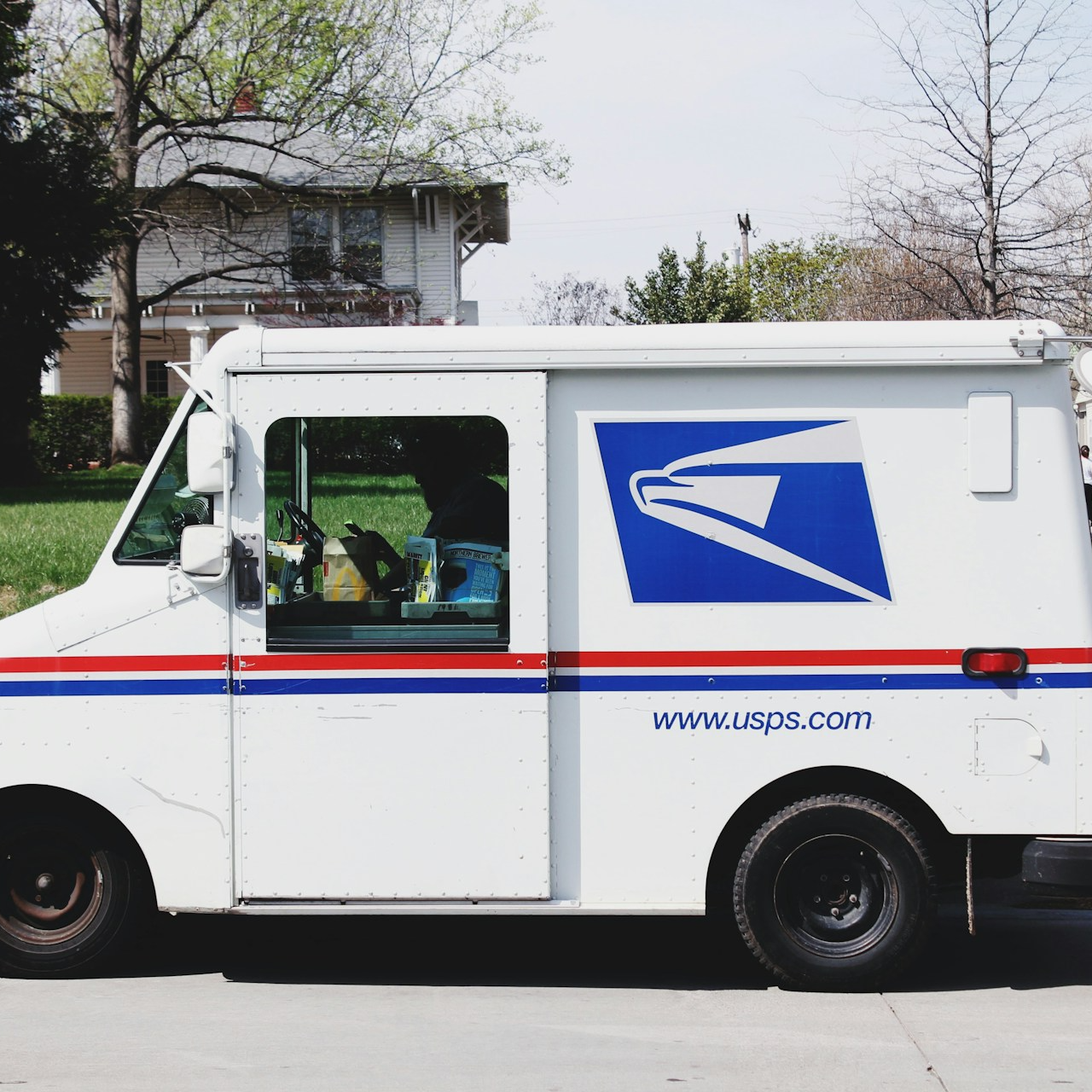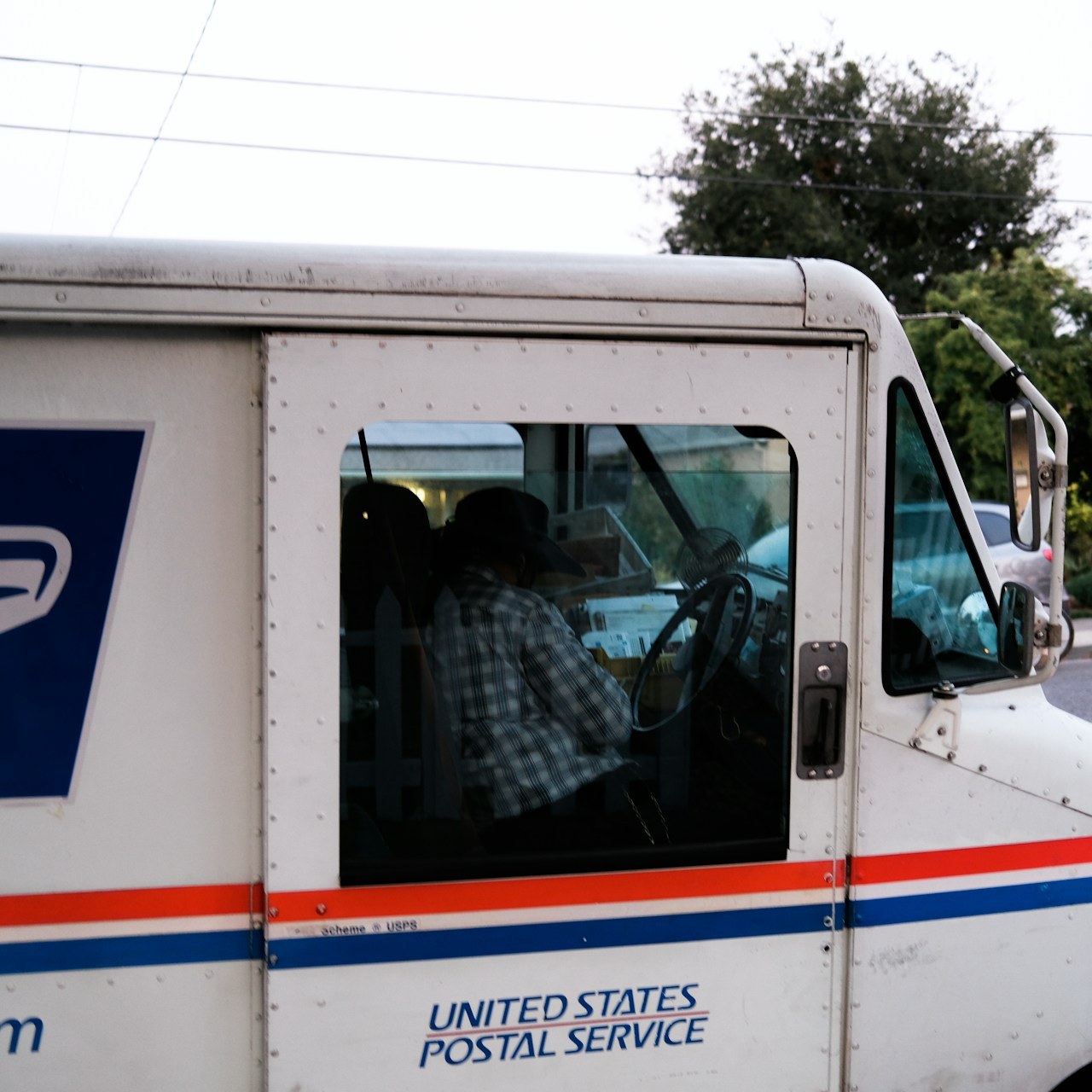Key Takeaways
-
Medicare Part A can significantly reduce your hospital-related costs when paired with the Postal Service Health Benefits (PSHB) program.
-
Understanding how these programs interact helps you make informed choices for your healthcare coverage in retirement.
Why Medicare Part A Matters for Postal Workers
As a postal worker, you’ve probably heard about Medicare Part A, but do you know how it works alongside your Postal Service Health Benefits (PSHB) plan? Medicare Part A covers hospital-related expenses, while PSHB offers comprehensive health benefits. When combined, these programs can help you avoid high out-of-pocket costs. Taking the time to learn about this pairing is essential for managing your healthcare expenses in retirement.
Let’s break it down, step by step, so you can feel confident about your coverage.
What Does Medicare Part A Cover?
Medicare Part A is sometimes referred to as hospital insurance. It focuses on inpatient care and includes the following services:
-
Inpatient Hospital Stays: Covers semi-private rooms, meals, nursing care, and other necessary services during your stay.
-
Skilled Nursing Facility Care: Includes short-term rehabilitation following a hospital stay but excludes long-term care.
-
Hospice Care: Provides support for terminal illnesses, including pain relief and emotional support for you and your family.
-
Home Health Care: Offers limited services, such as therapy or skilled nursing, prescribed by your doctor.
Costs to Consider for Medicare Part A
While Medicare Part A is premium-free for most postal workers who have paid into Social Security for at least 40 quarters, there are still costs involved:
-
Deductible: In 2025, the deductible is $1,676 per benefit period. This applies to inpatient hospital stays.
-
Coinsurance: After 60 days in the hospital, you’ll pay $419 per day for days 61–90 and $838 per day for lifetime reserve days. Skilled nursing facilities have their own coinsurance costs of $209.50 per day from days 21–100.
Understanding these expenses is crucial for planning how Medicare Part A will complement your PSHB coverage.
What Is the Postal Service Health Benefits Program?
The PSHB program is designed specifically for postal workers and retirees, offering coverage for medical, dental, vision, and prescription drug needs. As of January 1, 2025, postal employees and annuitants transitioned to PSHB from the Federal Employees Health Benefits (FEHB) program.
Here are some key features of PSHB:
-
Comprehensive Coverage: Includes outpatient and inpatient care, mental health services, and preventive care.
-
Cost-Sharing: Features copayments, deductibles, and coinsurance, which vary by plan.
-
Prescription Drug Coverage: Integrates with Medicare Part D for those who are Medicare-eligible.
-
In-Network and Out-of-Network Options: Offers flexibility but often requires higher out-of-pocket costs for out-of-network services.
How Medicare Part A Pairs with PSHB for Hospital Costs
When Medicare Part A and PSHB work together, they can significantly reduce your financial burden for hospital-related expenses. Here’s how the pairing works:
-
Primary Payer vs. Secondary Payer: Medicare Part A usually acts as the primary payer for inpatient hospital costs if you are retired and Medicare-eligible. PSHB then covers any remaining costs, such as coinsurance or deductibles.
-
Lower Out-of-Pocket Costs: With both programs in place, your hospital-related out-of-pocket expenses are minimized. For example, Medicare Part A covers most inpatient costs, while PSHB fills the gaps.
-
Seamless Integration: PSHB plans often waive certain deductibles or coinsurance if you’re enrolled in Medicare Part A, making the coordination of benefits smoother.
Benefits of Combining Medicare Part A and PSHB
The advantages of pairing Medicare Part A with your PSHB plan go beyond financial savings. Here are some additional benefits:
-
Peace of Mind: You’ll have comprehensive coverage, reducing the stress of unexpected medical bills.
-
Access to More Providers: Medicare’s extensive network ensures that you can receive care almost anywhere in the country.
-
Predictable Costs: Knowing how much you’ll pay for hospital stays helps you budget more effectively.
Key Timelines for Enrollment
To maximize your benefits, you must enroll in Medicare at the right time. Missing critical deadlines can lead to penalties or gaps in coverage. Here’s what you need to know:
-
Initial Enrollment Period (IEP): Begins three months before your 65th birthday, includes your birth month, and ends three months after. Enroll during this period to avoid late enrollment penalties.
-
General Enrollment Period (GEP): Runs from January 1 to March 31 annually, with coverage starting July 1. Use this if you missed your IEP.
-
Special Enrollment Period (SEP): Applies if you’re covered under an employer’s health plan past age 65. You can enroll in Medicare Part A up to eight months after leaving your job or losing coverage.
Common Questions About Medicare Part A and PSHB
Do You Have to Enroll in Medicare Part A?
If you’re retired and eligible for Medicare, enrolling in Part A is generally a smart move. It’s premium-free for most postal workers and pairs well with PSHB to reduce hospital costs. However, if you’re still employed, you can delay Part A without penalty.
Will PSHB Plans Require Medicare Part A?
Some PSHB plans strongly recommend Medicare Part A enrollment for retirees. While it may not be mandatory, it’s often financially beneficial. Medicare covers the bulk of inpatient expenses, allowing PSHB to focus on additional costs.
What Happens if You Skip Medicare Part A?
Skipping Medicare Part A could leave you responsible for higher out-of-pocket expenses. PSHB plans typically assume you have Medicare, meaning they may not cover costs that Medicare would have paid.
Maximizing Your Benefits: Practical Tips
-
Review Your PSHB Plan Brochure: Each PSHB plan offers different benefits. Understanding your plan’s details will help you coordinate with Medicare Part A effectively.
-
Keep Track of Enrollment Periods: Missing enrollment deadlines can result in penalties or coverage delays.
-
Plan for Out-of-Pocket Costs: Even with Medicare Part A and PSHB, you’ll have some expenses. Create a budget to manage deductibles and coinsurance.
-
Utilize Preventive Services: Both PSHB and Medicare Part A cover preventive services. Taking advantage of these can help you stay healthy and avoid costly hospital visits.
Why Understanding This Pairing Matters
The combination of Medicare Part A and PSHB is a powerful tool for managing hospital costs in retirement. By understanding how these programs complement each other, you can:
-
Reduce financial stress during hospital stays.
-
Gain access to a broader network of providers.
-
Make informed decisions about your healthcare coverage.
Taking the time now to understand your options ensures you’re prepared for whatever comes your way.
Preparing for Your Healthcare Journey
Pairing Medicare Part A with your PSHB coverage can make a world of difference in how you manage hospital expenses. By staying informed, enrolling on time, and coordinating your benefits, you’ll enjoy comprehensive coverage and peace of mind. Take the next step to review your options and align your healthcare choices with your needs.










